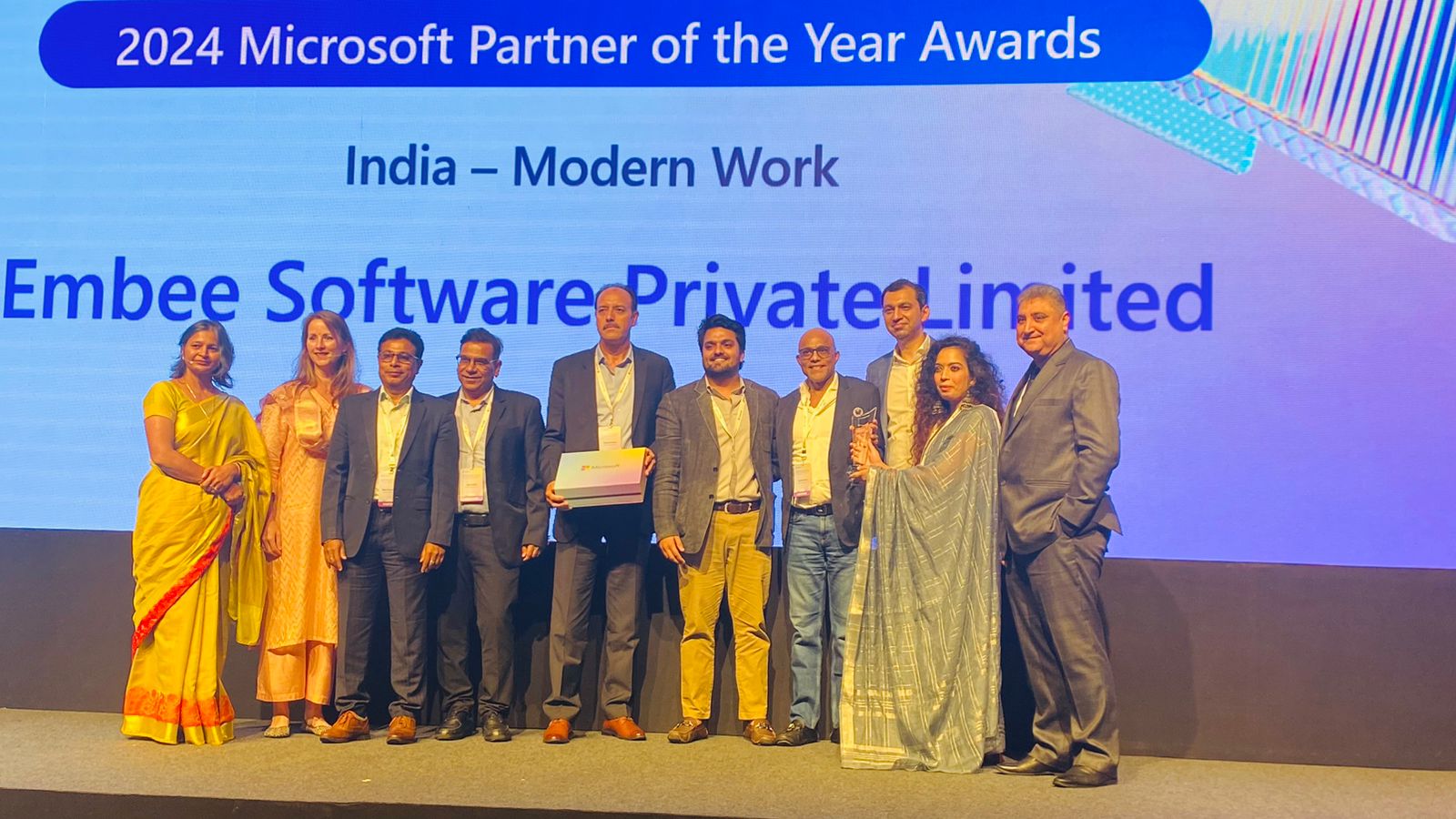Virtual machines and containers are two different software environments with very different features, benefits, and constraints. They are often used together, but they are also two different tools in the software ecosystem. Virtual machines are isolated operating environments that run applications inside their virtual processors. On the other hand, containers are lightweight and process-based applications. This article will learn about the differences between virtual machines and containers and their uses.
What is a Virtual Machine?
A virtual machine (VM) runs on top of a hypervisor. The hypervisor is a software layer that helps virtual machines communicate with each other and with the hardware. A VM is a model of an operating system that runs on top of the hypervisor. Virtual machines are often called “run-times,” “sandboxes,” or “guest operating systems.” Each virtual machine has its operating system and its own set of applications, libraries, and data.
Virtual machines can be server virtual machines, desktop virtual machines, or mobile device virtual machines.
What is a Container?
A container is a unit of software that contains all the code and data a particular application needs. Containers share resources — they have the same IP address and file system as their host. They have fully isolated environments, and they cannot communicate with each other. A container is a model of an operating system that runs on top of the operating system of its host. Containers are often called “apps” or “appliances.” Each container has its own set of dependencies and runtimes.
Virtual Machine Advantages
Virtual machines are virtual environments that mimic the hardware environment of the host machine. This makes it easy to run any operating system on any hardware configuration.
Virtual machines can be created and destroyed on demand. You do not have to create a new image and store it somewhere. You can destroy a virtual machine’s operating system whenever you want to and start a new one when you need to.
Virtual machines usually provide high availability with the same operating system running on multiple hosts. If one host fails or reboots, the virtual machine restarted on another host.
Virtual machines are usually backed up and restored. You do not have to copy an image somewhere or restore a backup. You can restore a backup at any time.
Container Advantages
Containers allow you to easily test a new application version. You can create a new container, run the application inside it, and discard the container quickly when you have found the bugs.
Containers are lightweight. They are very easy to start and stop. You do not have to upload and store huge images of virtual machines that take a lot of time to start and stop.
Containers are standard. Containers are not proprietary. You can create and use containers no matter which operating system or programming language you are using.
Containers are vendor-agnostic. Unlike virtual machines, they are created and managed by a single vendor. If a singular container management system fails, the whole industry does not fail.
When looking for a better way to manage your infrastructure and run your applications, you might ask yourself if you should use a virtual machine or a container. And the answer might be both! Containers are great for testing and development, but virtual machines are usually better for production environments because they provide more robust high availability.
VM and container users can benefit from each other by using containers for development and virtual machines in production. Both environments have their strengths and weaknesses, so you should choose the best fit for your needs. Keeping this in mind, you can use both technologies together to get the best of both worlds.
How Do You Know If You Should Use a VM or a Container?
Are you starting a new project? Do you want to see how the latest containers are performing? Are you trying to decide which type of infrastructure to use next? In these situations, you should use a container. Containers are designed for fast deployment, scalability, and maintenance.
Containers are great for rapid, ad-hoc deployment. They are easy to start and stop, and they scale very well. They’re also easy to manage, and they’re much more performant than virtual machines. So, in these situations, containers are the right choice.
Containers are great for testing and development, but virtual machines are usually better for production environments because they provide more robust high availability.
VM and container users can benefit from each other by using containers for development and virtual machines in production. Both environments have their strengths and weaknesses, so you should choose the best fit for your needs.
















































